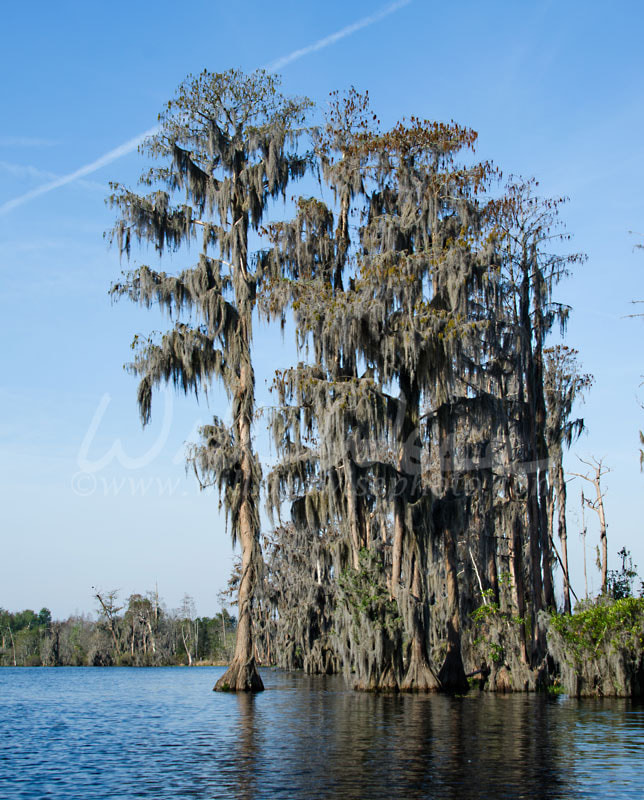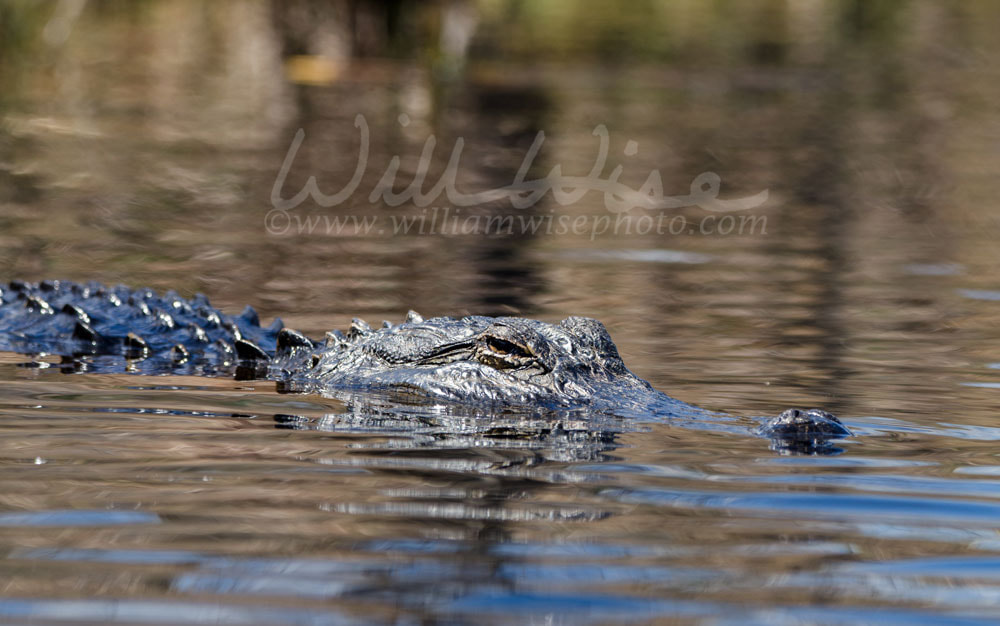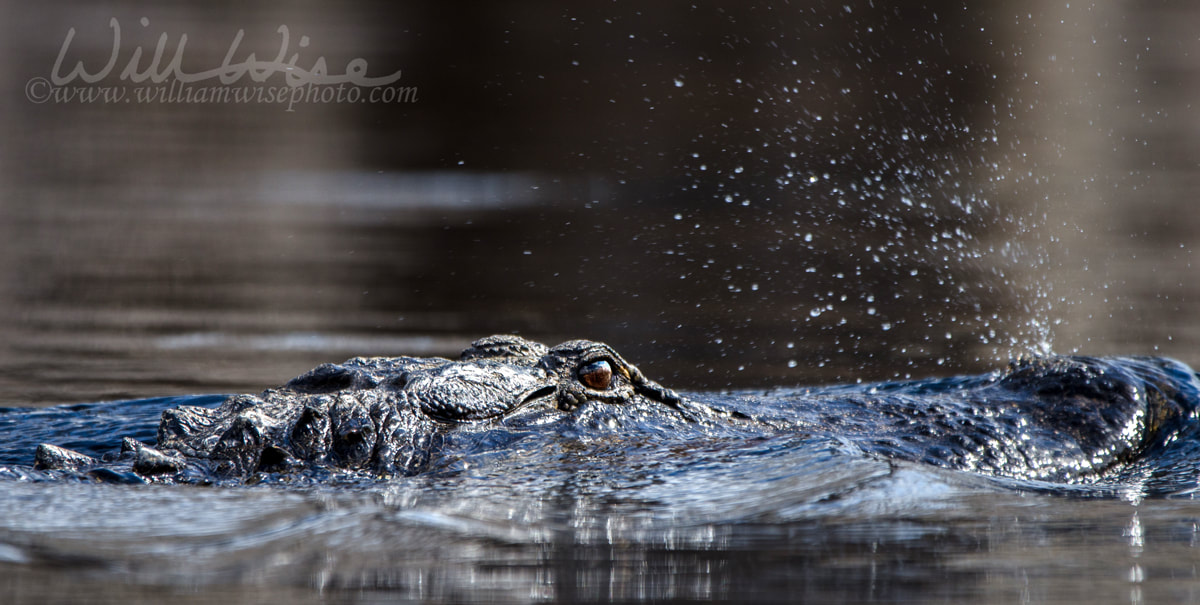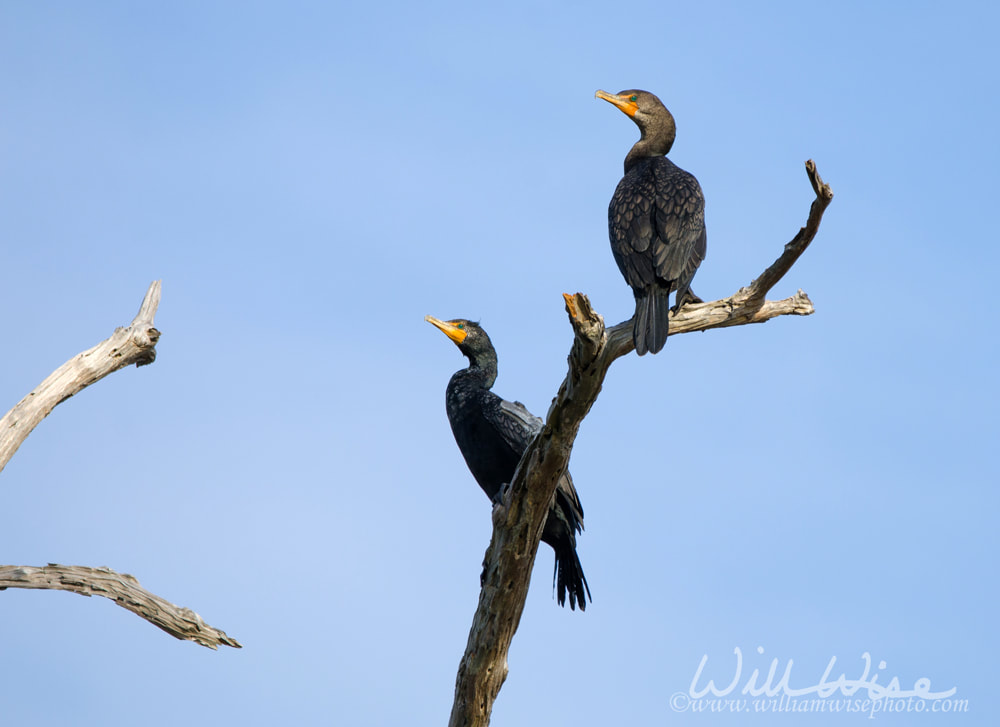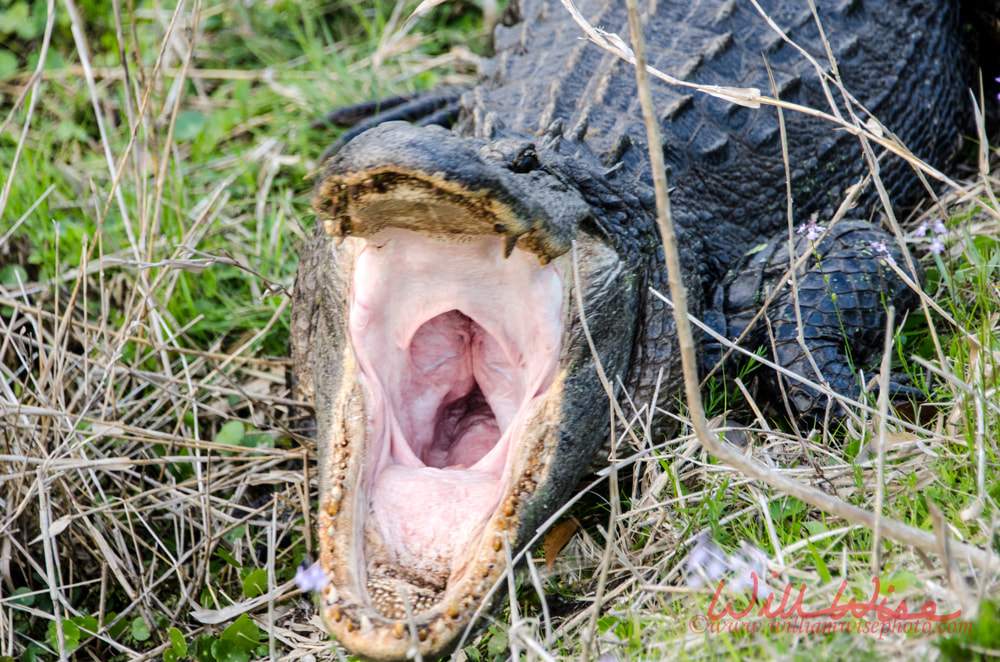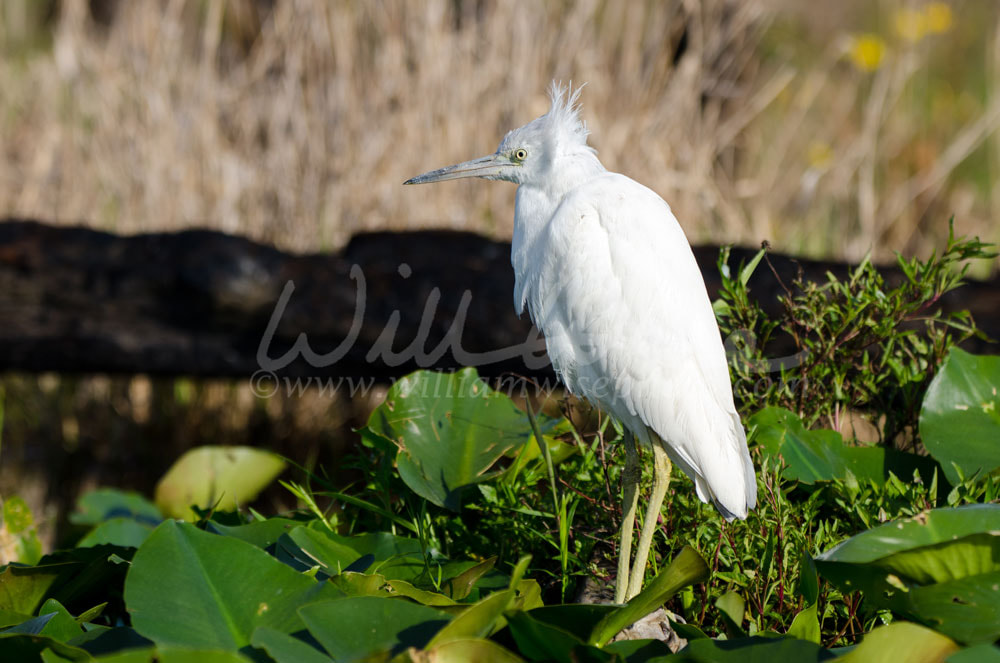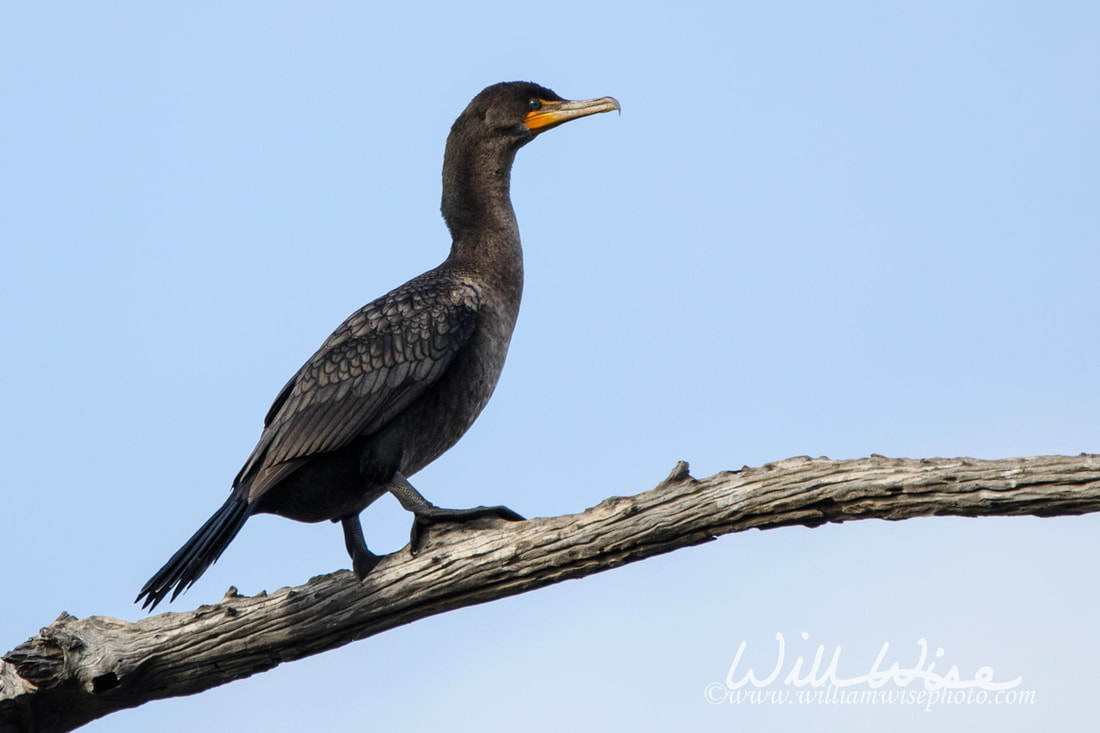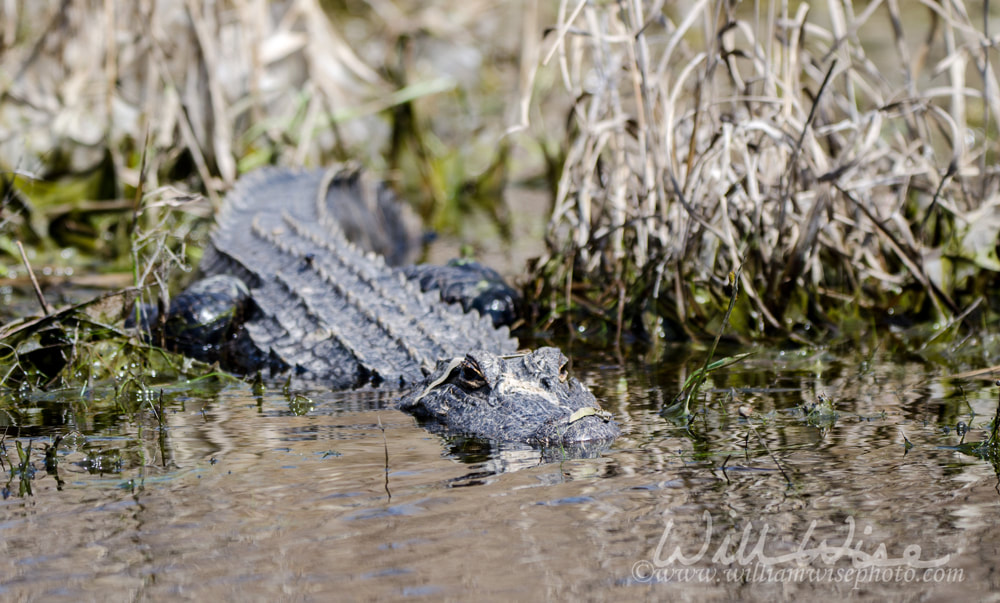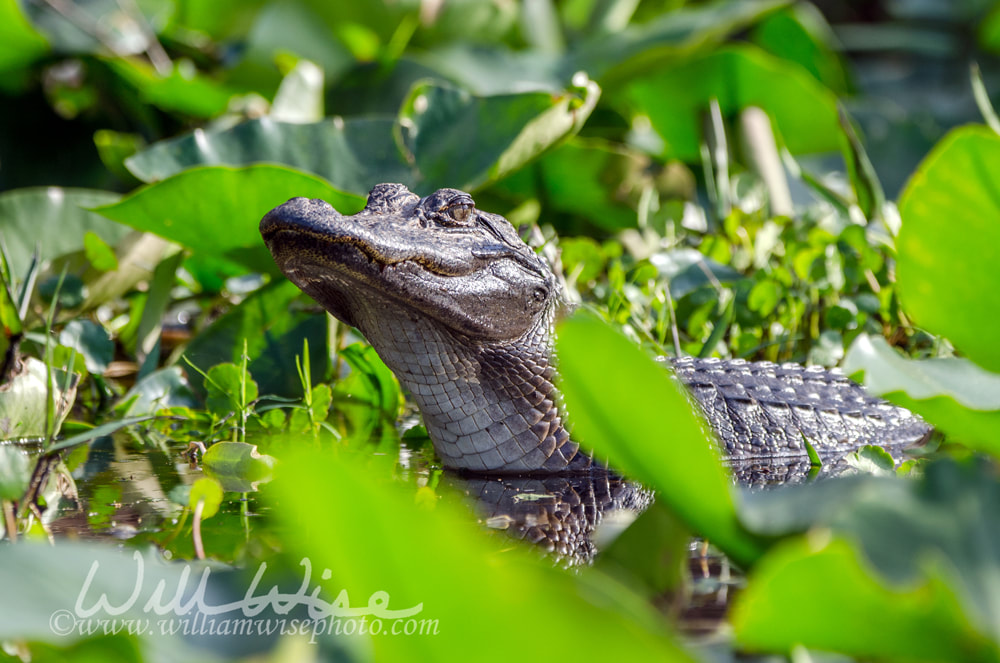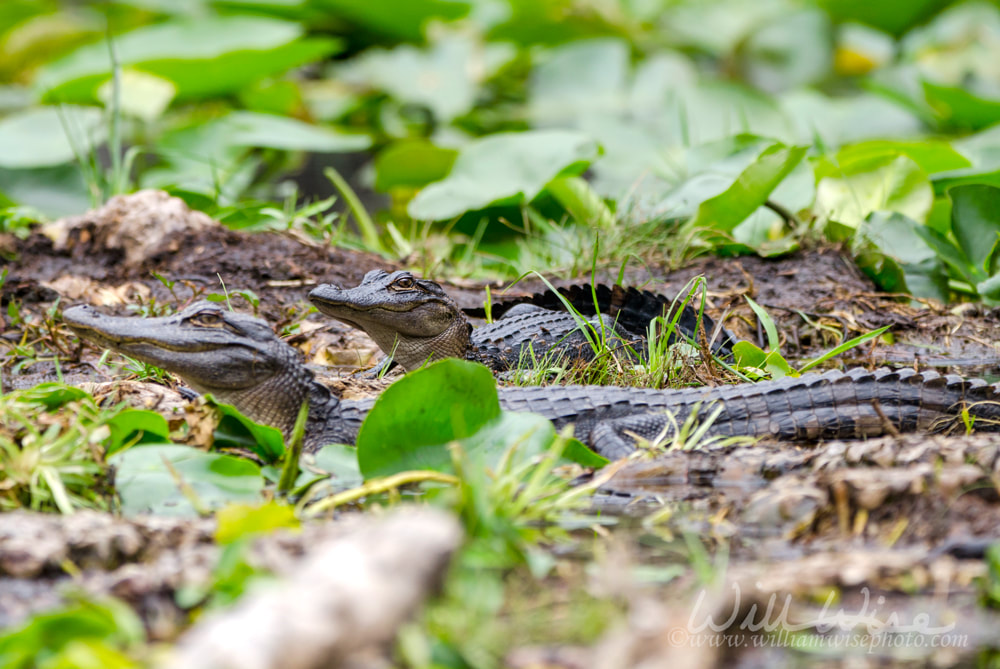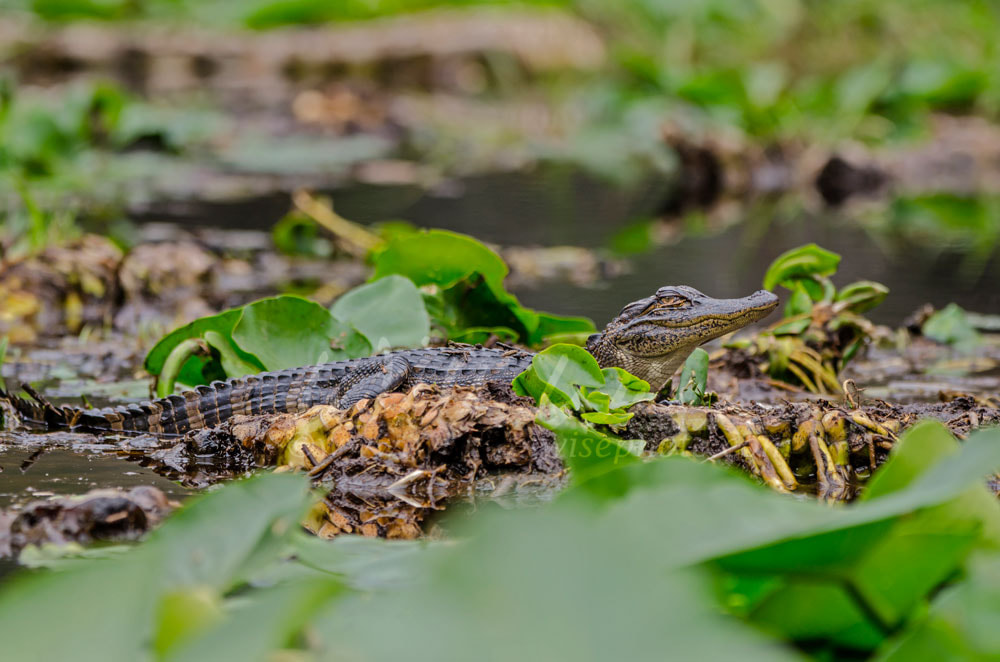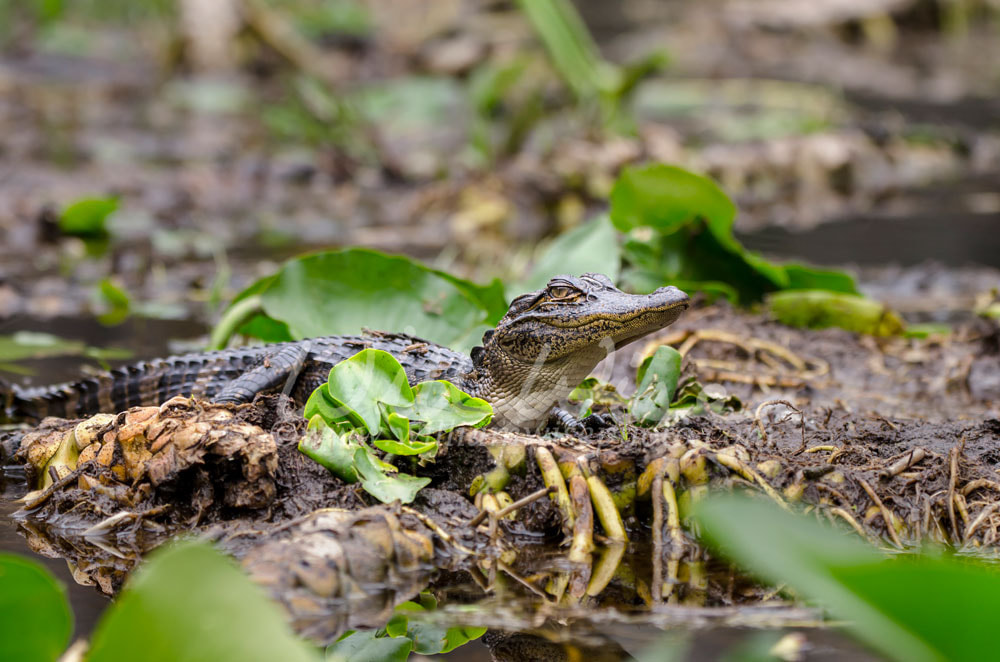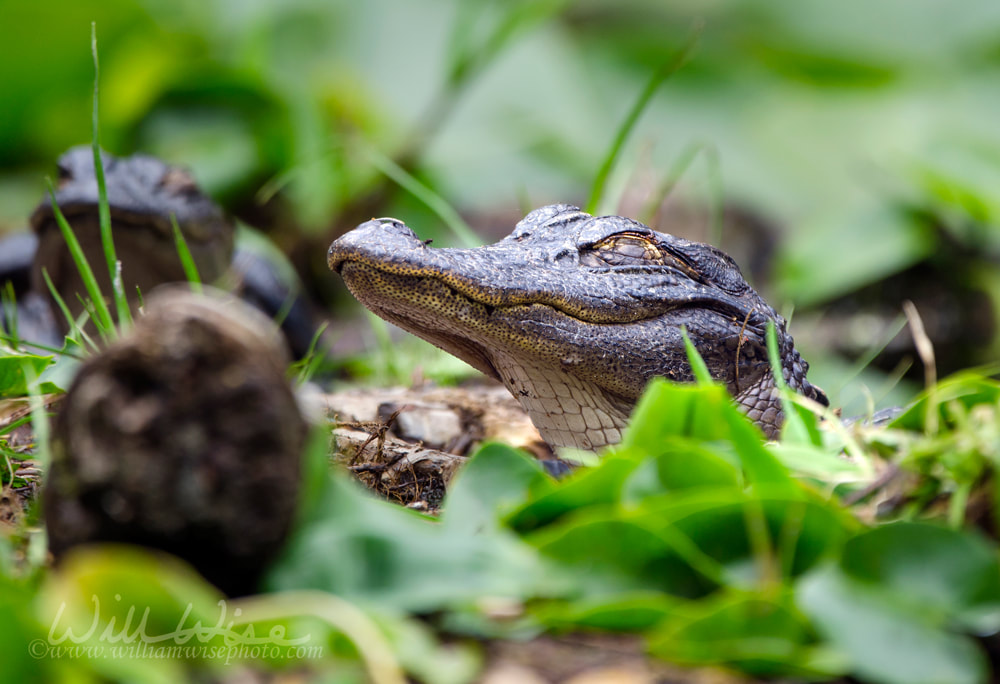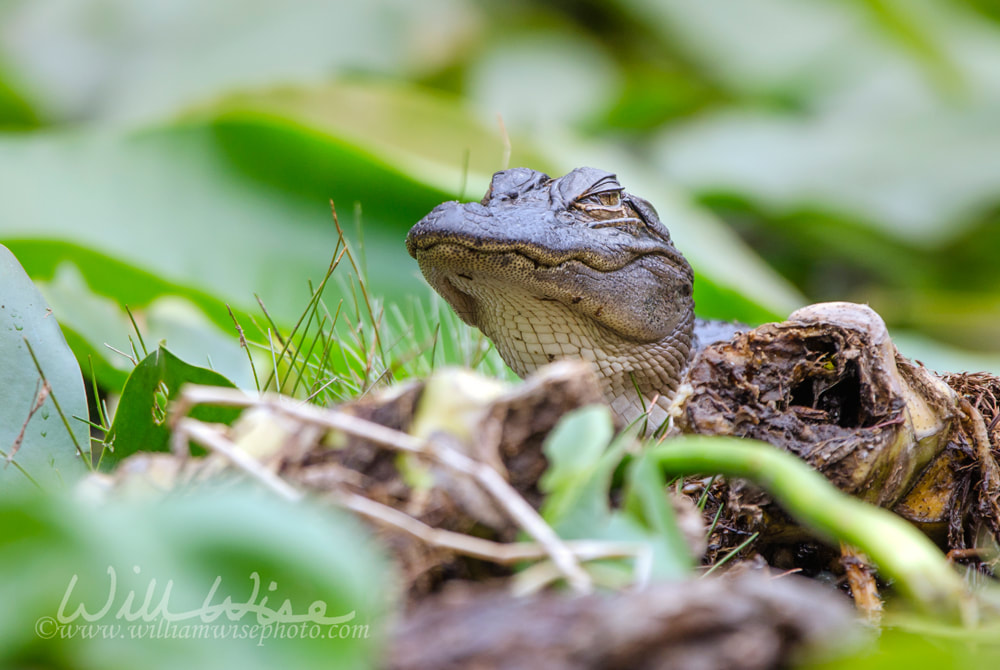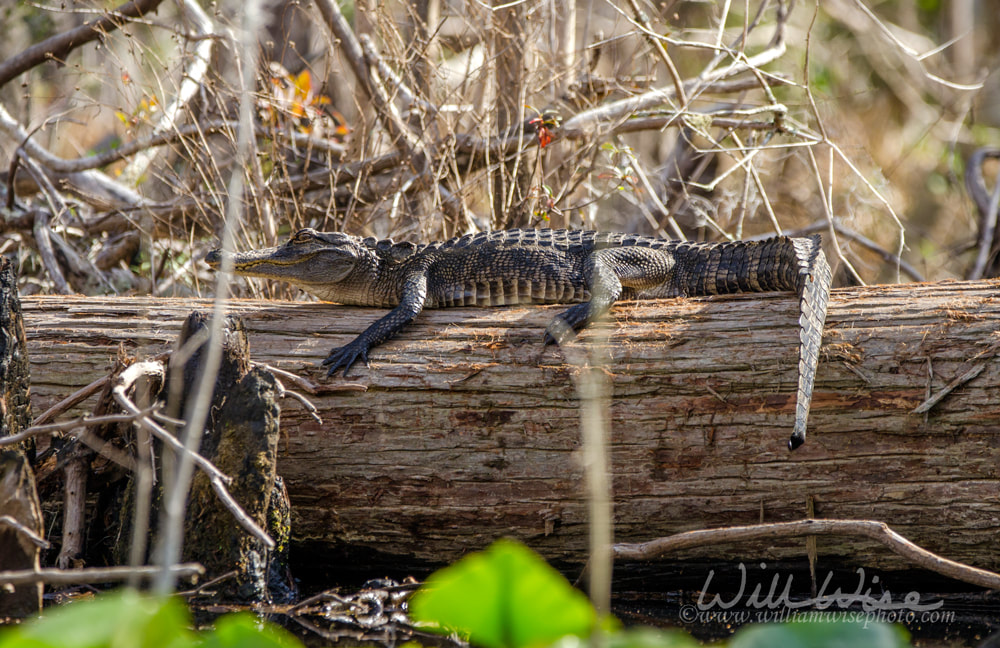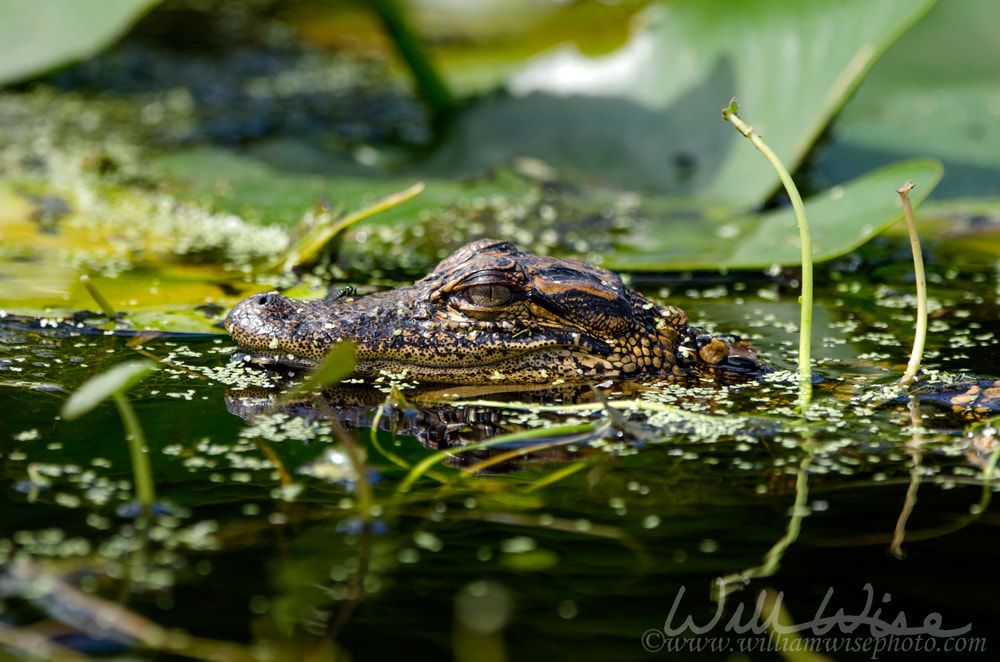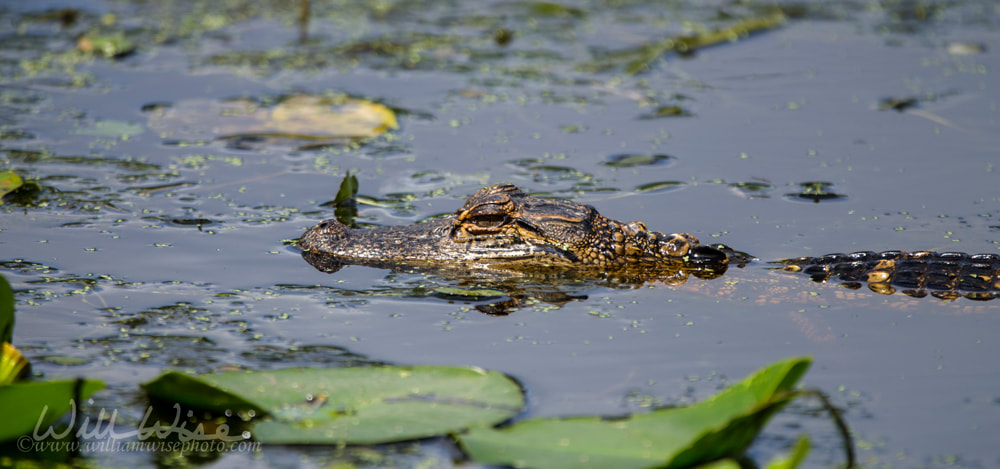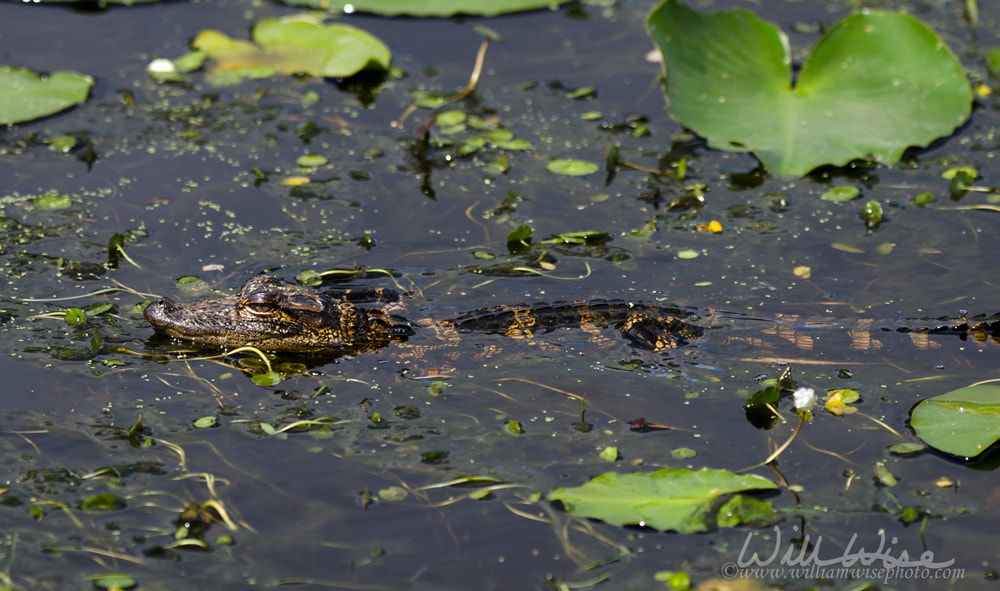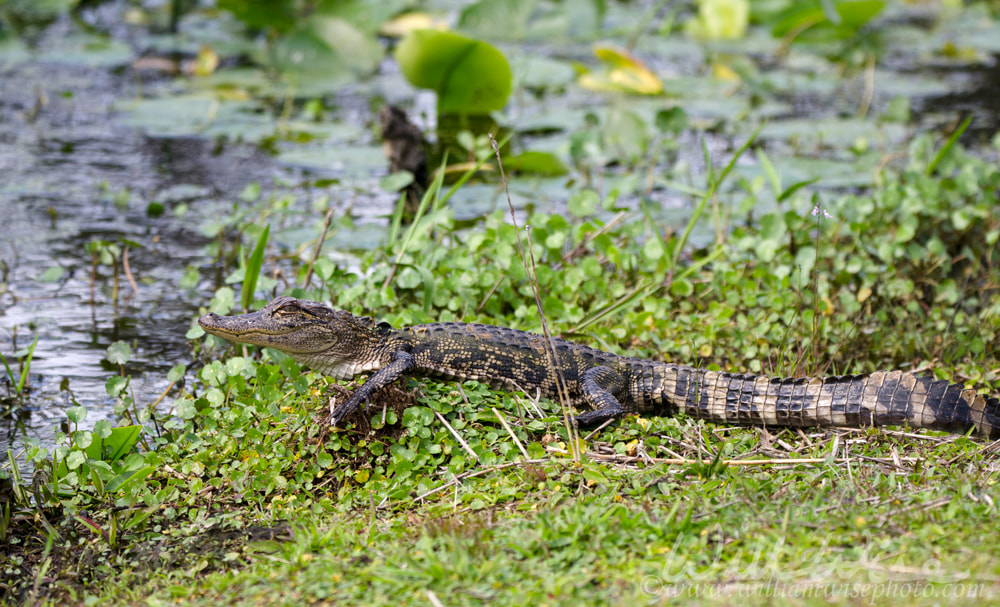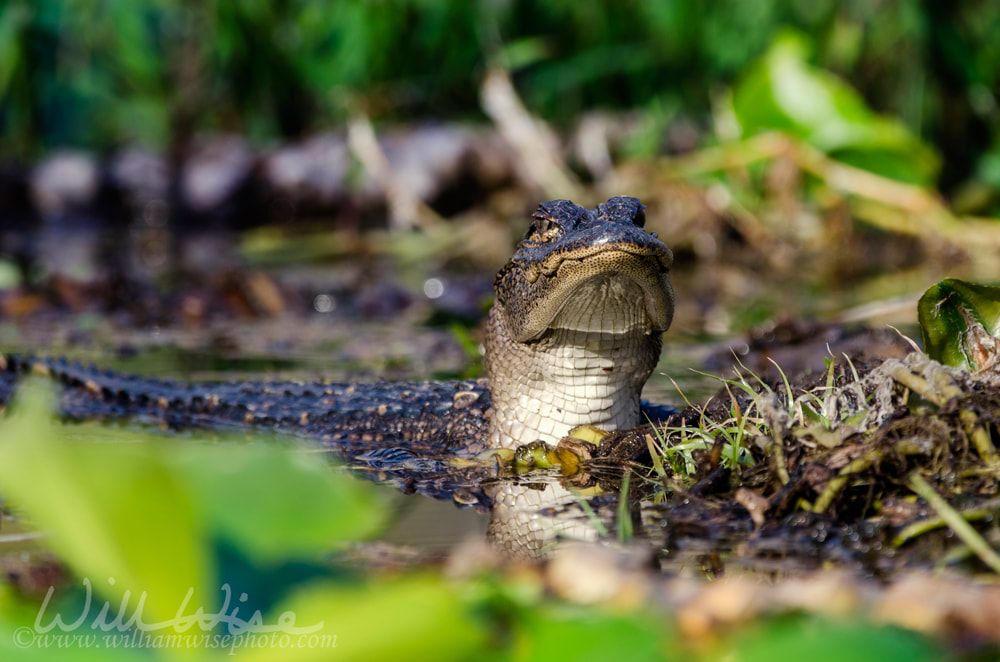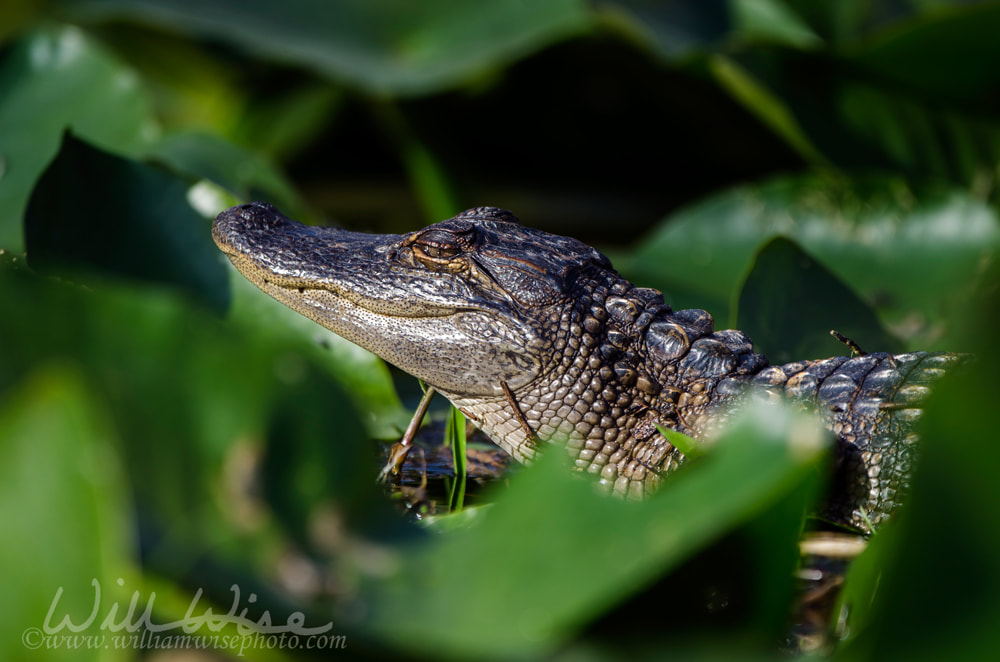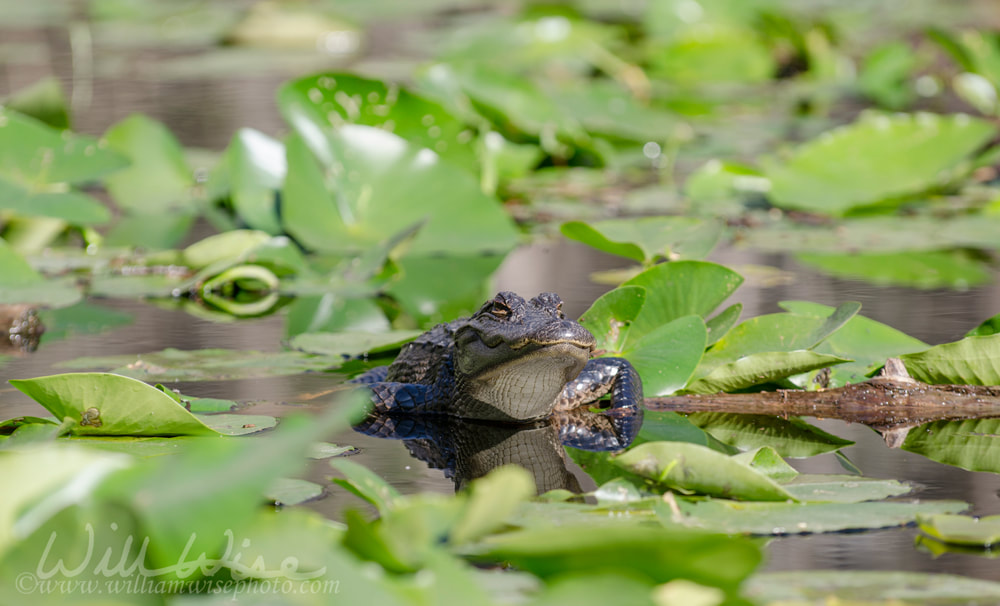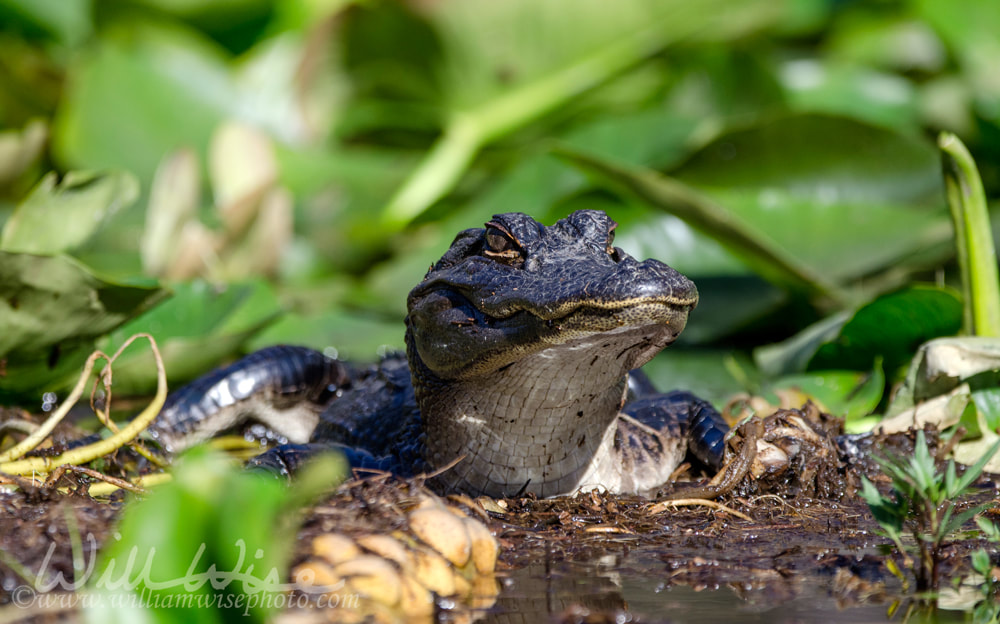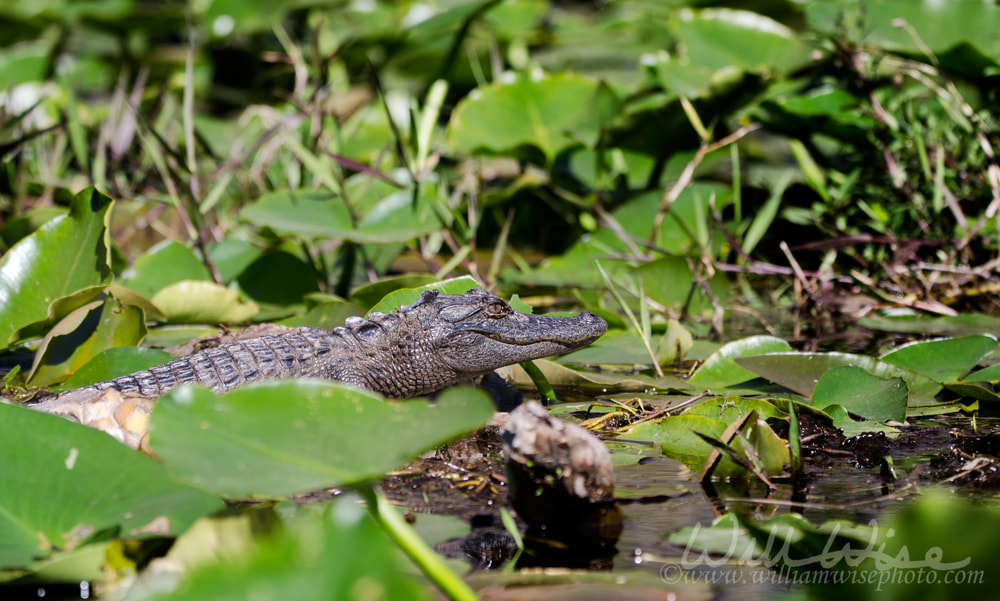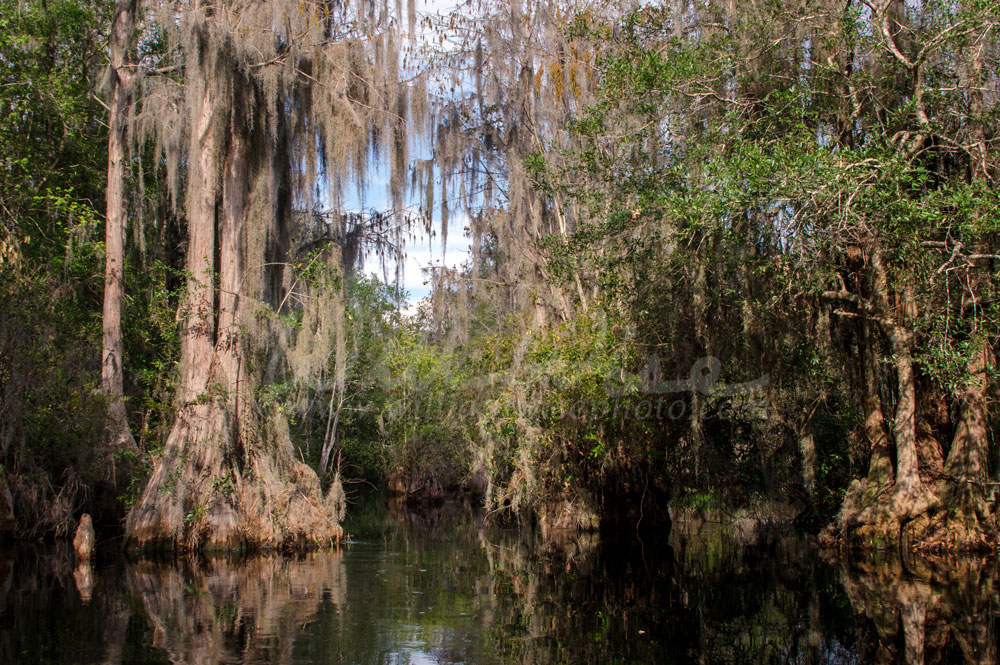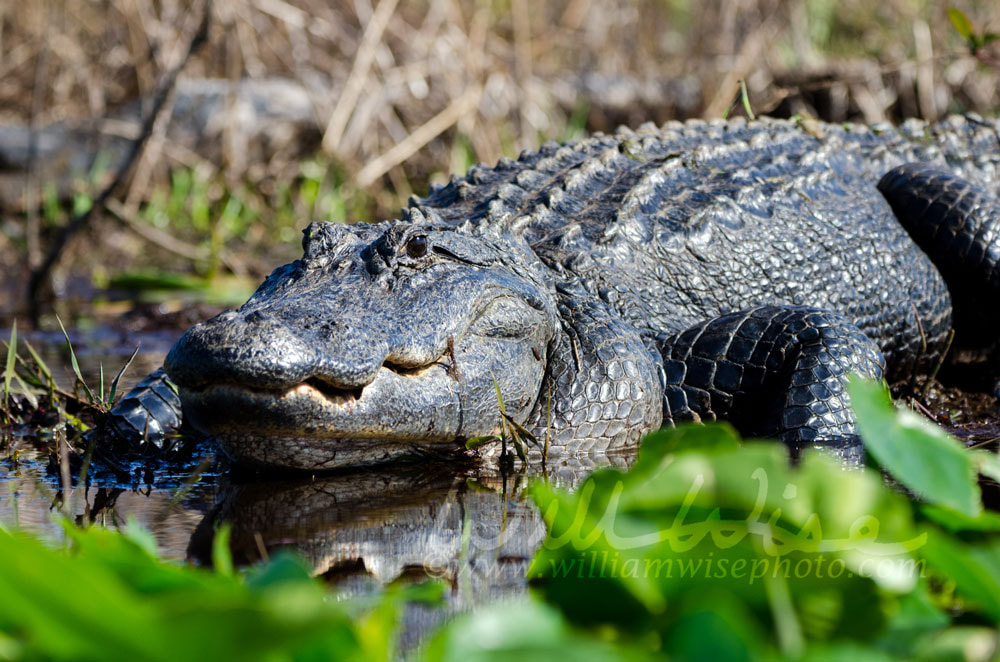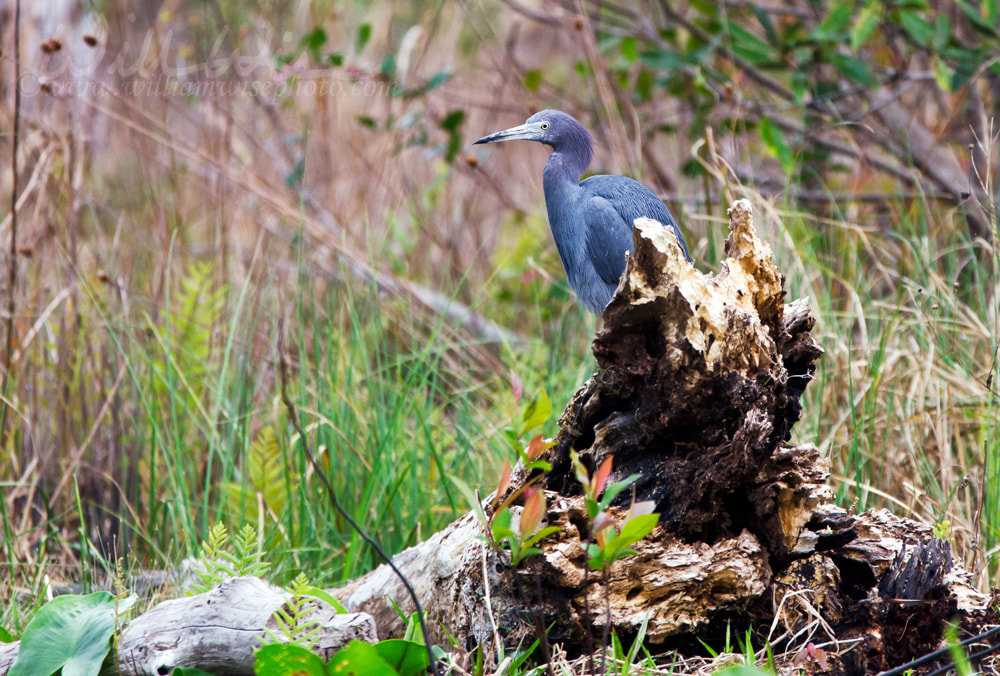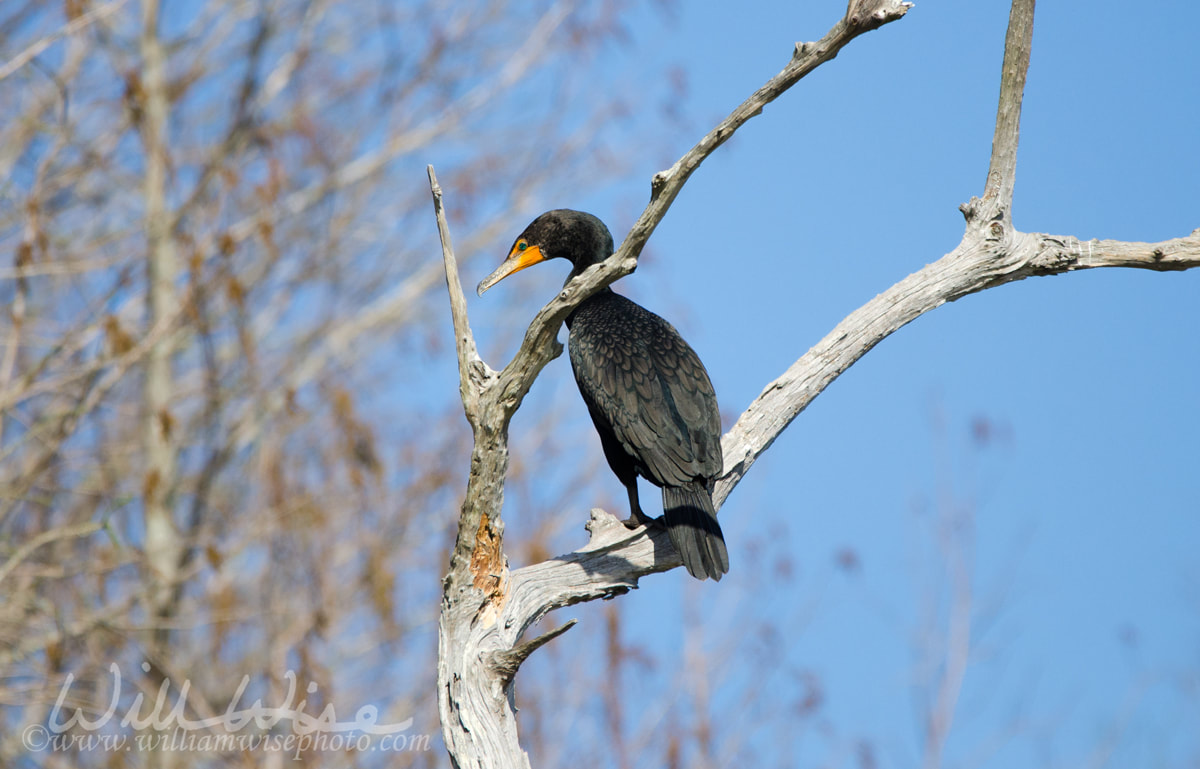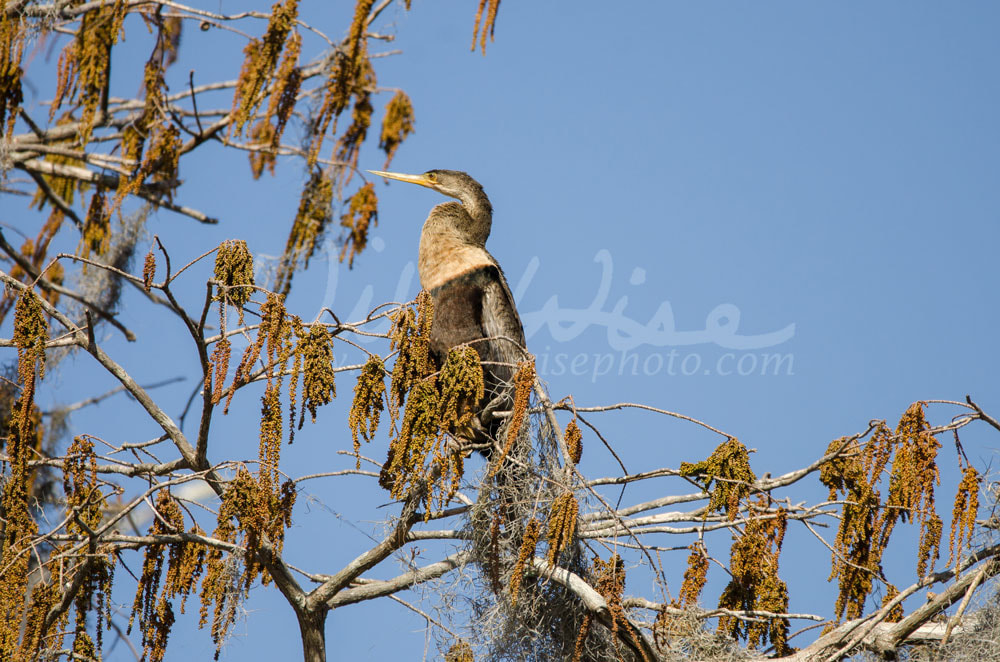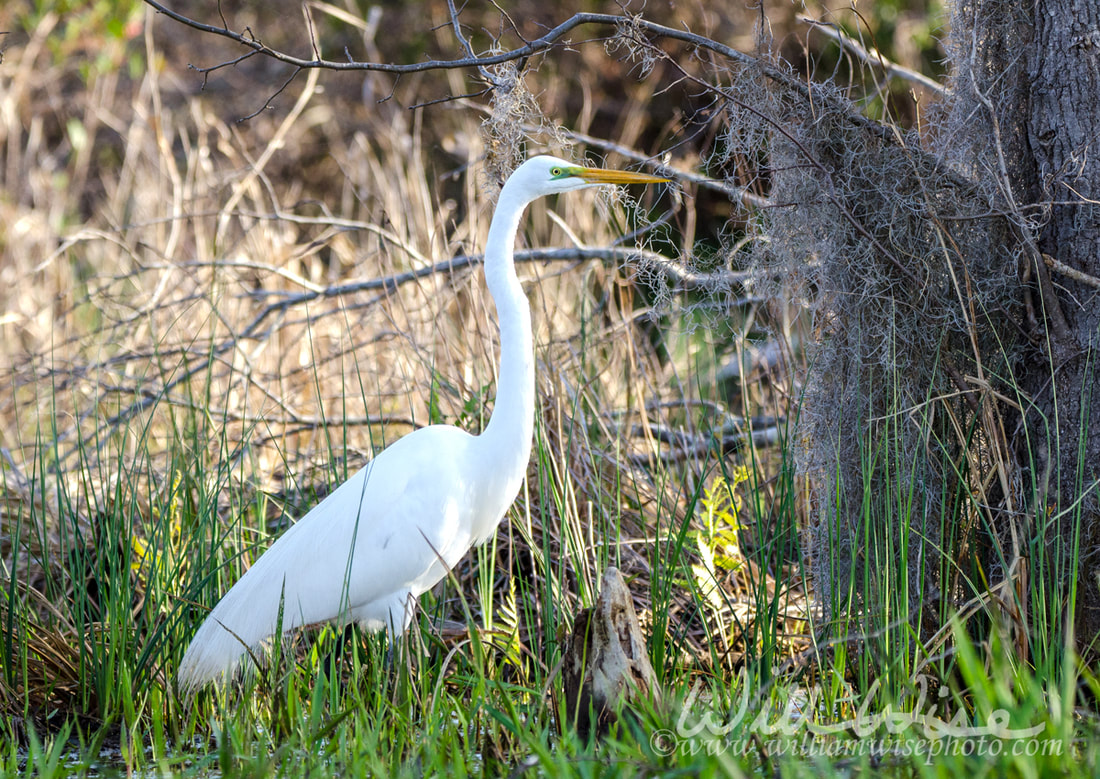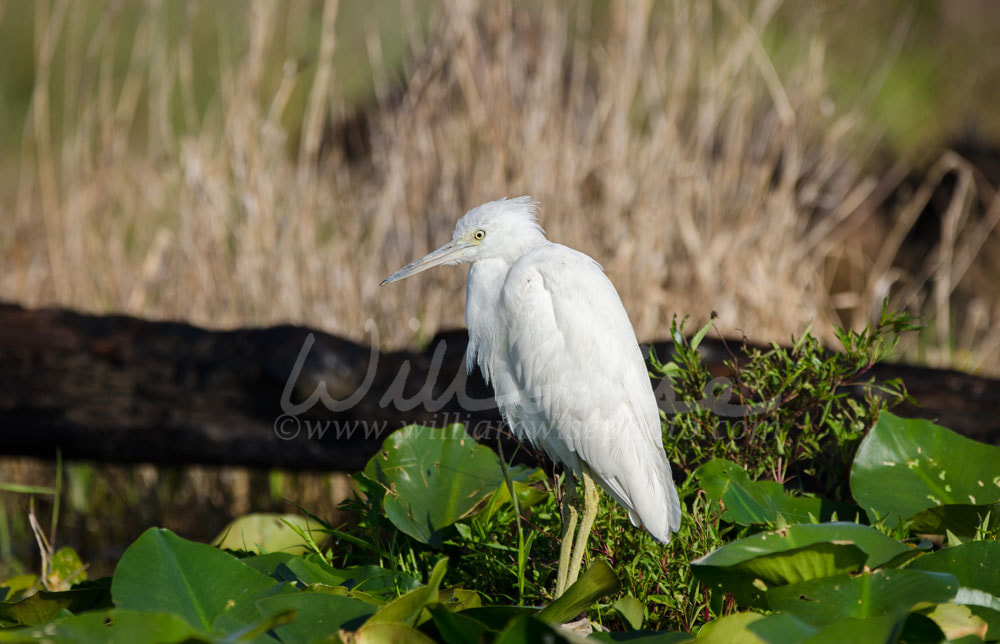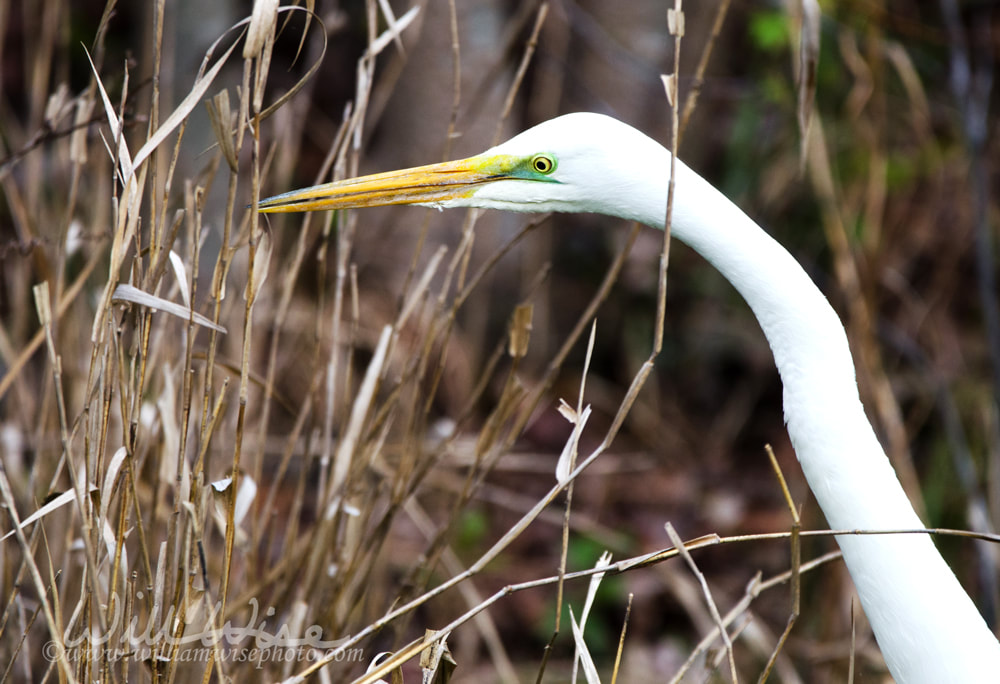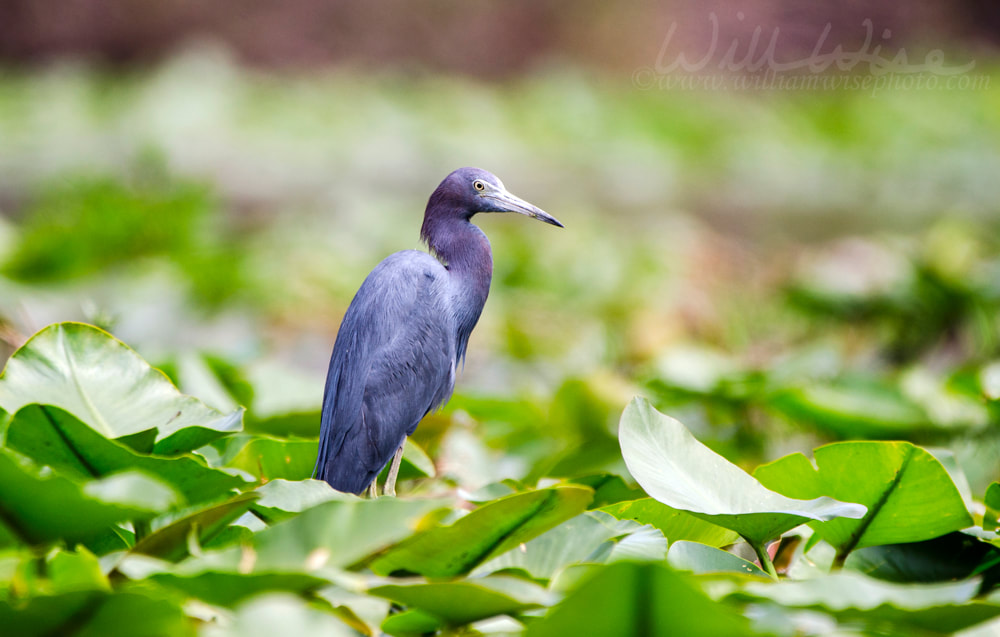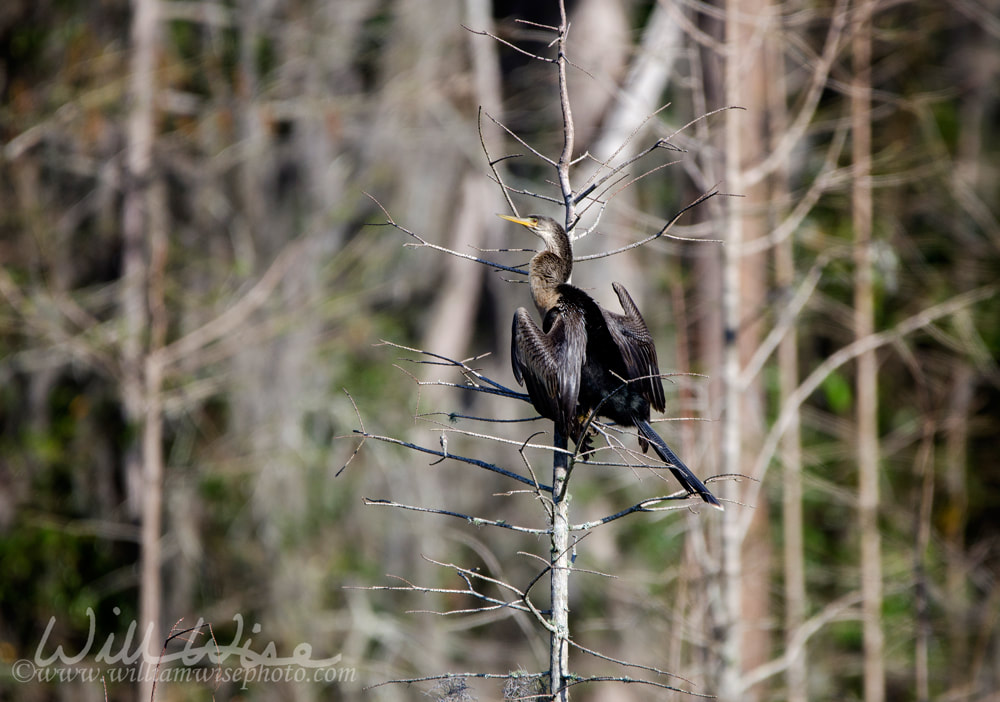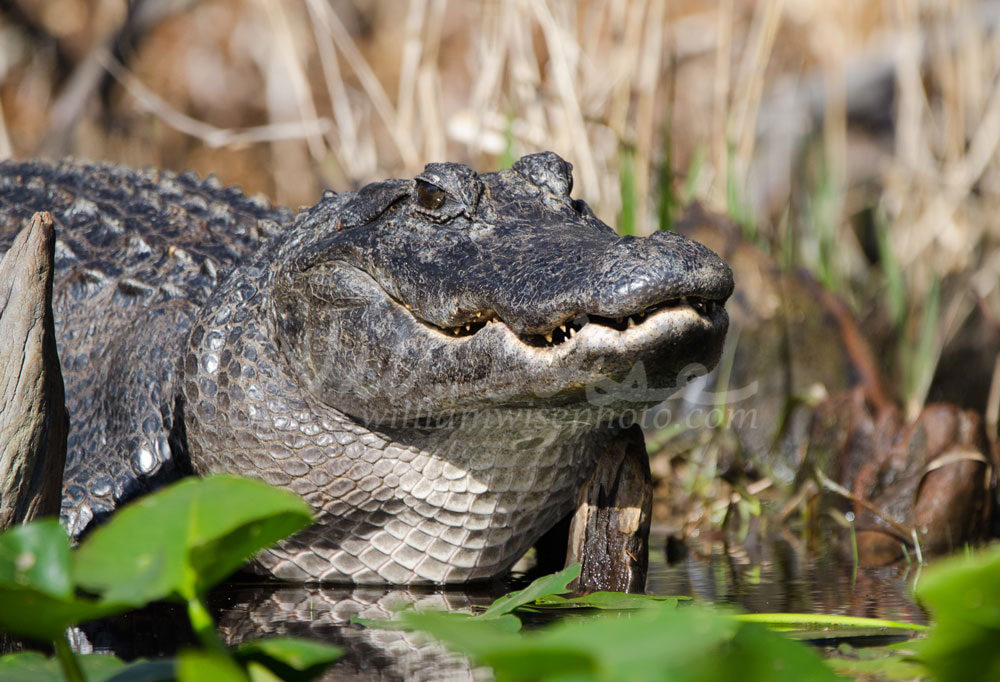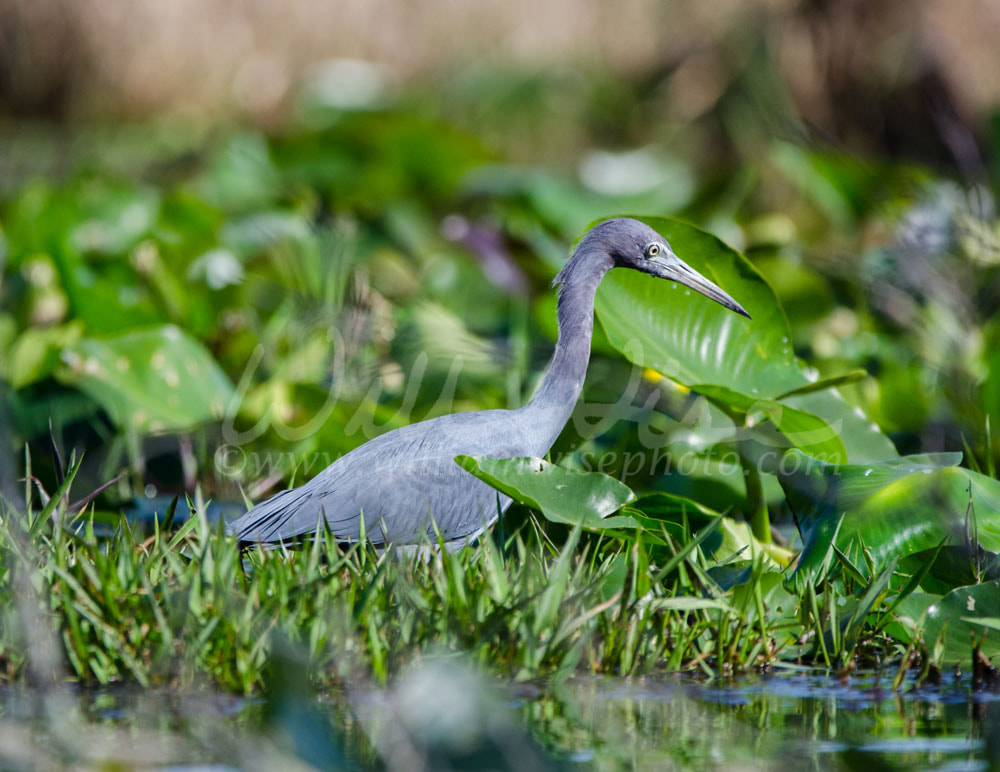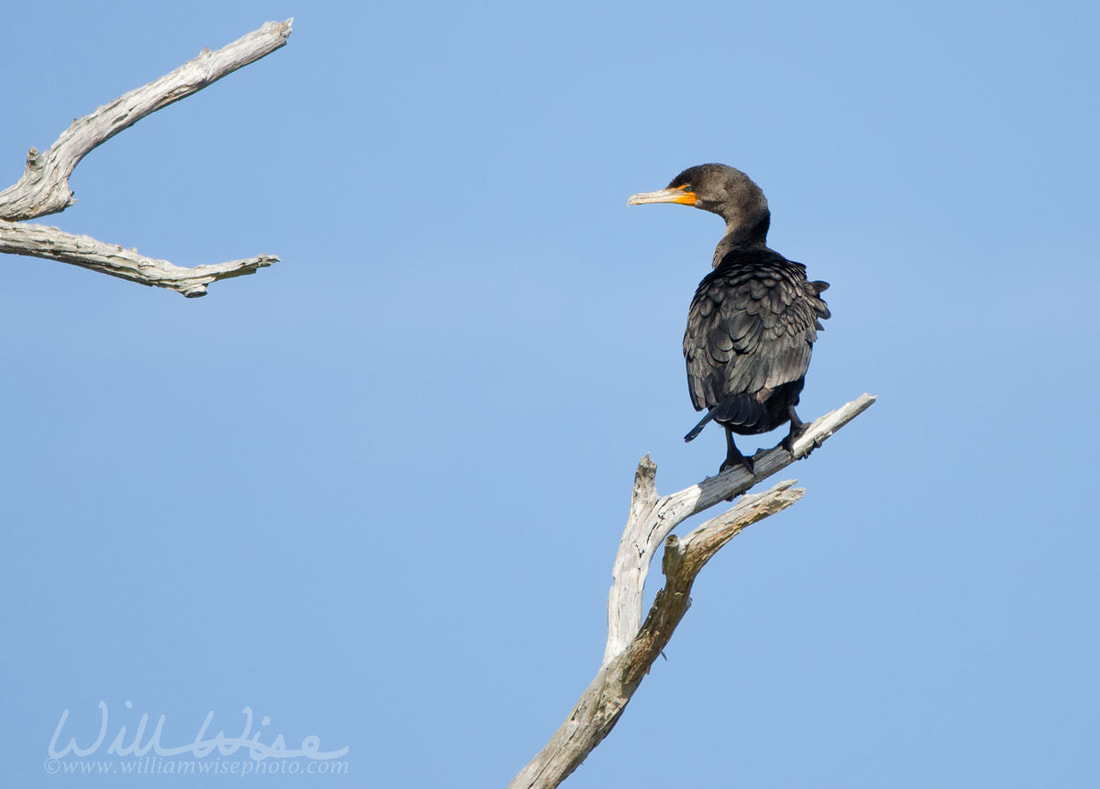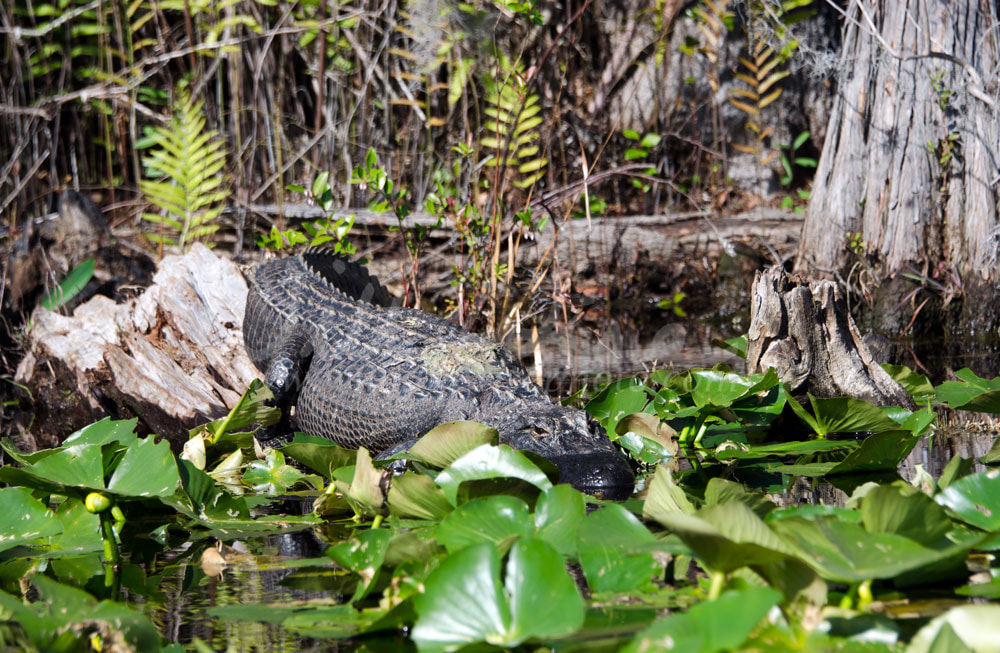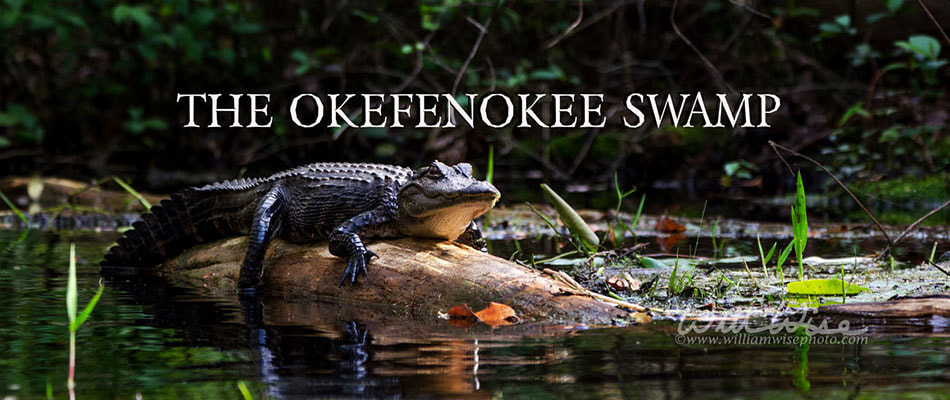 Okefenokee Photography by William Wise. A nature photo journal exploration of Georgia's Okefenokee Swamp, the Land of Trembling Earth, one of the largest blackwater swamps in North America. The alligators, birds, snakes and wildlife of Okefenokee National Wildlife Refuge and Stephen C Foster State Park. -- "What a wildly wonderful world, God! You made it all, with Wisdom at Your side, made earth overflow with your wonderful creations." Psalms 104 The Message Excerpt from William Bartram's Travels, Part II, Chapter III:
William Bartram was a botantist, artist, and nature writer that explored the southeastern United States around the time of the American Revolution (1773-1776). He was a scientist, creationist and Christian that gave glory to the Author for all the wonderful works he observed and documented in his book, Travels Through North and South Carolina, Georgia, East and West Florida.
0 Comments
 Okefenokee Photography by William Wise. A nature photo journal exploration of Georgia's Okefenokee Swamp, the Land of Trembling Earth, one of the largest blackwater swamps in North America. The alligators, birds, snakes and wildlife of Okefenokee National Wildlife Refuge. -- "What a wildly wonderful world, God! You made it all, with Wisdom at Your side, made earth overflow with your wonderful creations." Psalms 104 The Message Alligators are often seen floating on the surface of the water, like logs of wood , and are mistaken for such by various animals, which, by this means, they surprise and draw underneath to devour at leisure. They are said also sometimes to form a hole in the bank of a river, below the surface of the water, and there to wait till the fish that are fatigued by the strong current come into the smooth water to rest themselves, when they immediately seize and devour them . But as they are not able to obtain a regular supply of food , from the fear in which they are held by all animals, and the care by which these in general avoid their haunts, they are able to sustain a privation of it for a great length of time. The Wonders of the Animal Kingdom; Exhibiting Delineations of the most distinguished Wild Animals in the Various Menageries of this Country. London, 1829. By Robert Huish  Okefenokee Photography by William Wise. A nature photo journal exploration of Georgia's Okefenokee Swamp, the Land of Trembling Earth, one of the largest blackwater swamps in North America. The alligators, birds, snakes and wildlife of Okefenokee National Wildlife Refuge and Stephen C Foster State Park. -- "What a wildly wonderful world, God! You made it all, with Wisdom at Your side, made earth overflow with your wonderful creations." Psalms 104 The Message A favorite passage from William Bartram's Travels, published in 1791.
William Bartram was a botantist, artist, and nature writer that explored the southeastern United States around the time of the American Revolution (1773-1776). He was a scientist, creationist and Christian that gave glory to the Author for all the wonderful works he observed and documented in his book, Travels Through North and South Carolina, Georgia, East and West Florida.  Okefenokee Photography by William Wise. A nature photo journal exploration of Georgia's Okefenokee Swamp, the Land of Trembling Earth, one of the largest blackwater swamps in North America. The alligators, birds, snakes and wildlife of Okefenokee National Wildlife Refuge and Stephen C Foster State Park. -- "What a wildly wonderful world, God! You made it all, with Wisdom at Your side, made earth overflow with your wonderful creations." Psalms 104 The Message Sunday, 6:14 PM - Nine hours on the canoe trails of the Okefenokee Swamp! Nine continuous hours in the canoe without a break to stretch our legs or use the bathroom. Nine hours of pulling on the paddles in the mid-day sun. Tiring, but I wouldn’t give up the experience for anything. After a there-and-back-again paddle to the Sill, which included the treacherous navigation through the Narrows and our upstream struggle on Mixon’s Hammock, we made it back to Billy’s Lake toward evening. Back to calm waters and the serenity of roosting Cormorants, drumming Pileated Woodpeckers, and alligators attempting to soak in the last rays of the setting sun. The daylight was beginning to fade, the trolling motor battery was beginning to fade, and we were beginning to fade. But we arrived before dark. A full day on the blackwater swamp. Back at Stephen C Foster base camp, we cooked our hotdogs over the fire pit, we strolled the boardwalk, and visited a spell with Sophie. "Sophie" has been at the Stephen C Foster boat ramp every time we have visited. She's been there many years and has filled that channel with babies each year. My daughter and I typically end each day in the swamp by saying goodnight to "Sophie". While standing off to the side and admiring her for a few minutes, I caught her in a yawn.
Our yawns had caught up with us as well. We spent the last hours of the evening listening to the Barred Owls call beyond the reaches of light from our camp fire, and then retired after a full day of paddling. I love it here!  Okefenokee Photography by William Wise. A nature photo journal exploration of Georgia's Okefenokee Swamp, the Land of Trembling Earth, one of the largest blackwater swamps in North America. The alligators, birds, snakes and wildlife of Okefenokee National Wildlife Refuge and Stephen C Foster State Park. -- "What a wildly wonderful world, God! You made it all, with Wisdom at Your side, made earth overflow with your wonderful creations." Psalms 104 The Message Sunday, 8:55 AM - An early start on a somewhat overcast morning. Grackles and Vultures greet us at the entrance to Billy’s Lake. The Lake is without wave. Although most is still and the stage has not awakened in a dawn chorus of voices and activity, a cooperative Little Blue Heron stands upon the floating peat, the gentle breeze at his back is muffling his "hair".
Egretta caerulea is normally adorned in deep blues and purples, but this one is entirely white. At close range or in good light, the adults have a rich purple-maroon head and neck and dark slaty-blue body. They have yellow eyes, greenish legs, and a bill that is pale blue at the base, black at the tip. But it is the juveniles that are entirely white.  Okefenokee Photography by William Wise. A nature photo journal exploration of Georgia's Okefenokee Swamp, the Land of Trembling Earth, one of the largest blackwater swamps in North America. The alligators, birds, snakes and wildlife of Okefenokee National Wildlife Refuge and Stephen C Foster State Park. -- "What a wildly wonderful world, God! You made it all, with Wisdom at Your side, made earth overflow with your wonderful creations." Psalms 104 The Message Sunday, 3:41 PM - As our canoe progressed through the tight foliage of The Narrows (brown trail), we came upon a comical scene. A goofy Cormorant sad mid-stream on a stump, heaving and coughing. As we watched, he puked a large fish out of his mouth and it splashed into the water. Being free of his tracheal obstruction, he flew off over our heads, leaving the floating dead fish in the water for us to pass.
 Okefenokee Photography by William Wise. A nature photo journal exploration of Georgia's Okefenokee Swamp, the Land of Trembling Earth, one of the largest blackwater swamps in North America. The alligators, birds, snakes and wildlife of Okefenokee National Wildlife Refuge and Stephen C Foster State Park. -- "What a wildly wonderful world, God! You made it all, with Wisdom at Your side, made earth overflow with your wonderful creations." Psalms 104 The Message Sunday, 3:45 PM - The journey along the wide canal known as The Sill was quite easy, especially with an electric trolling motor aiding our progress. But as we turned east back up the brown trail, our trouble began. That wonderful downstream current we enjoyed this morning through Mixon’s Hammock was now a forceful torrent impeding our way back to camp.
Small but forceful streams of water were pouring off the prairie adding to the current. Amanda kept the trolling motor on the highest setting and it barely held us in one spot. I lunged with all the strength of my shoulders and biceps to press us forward, but progress was slow and laborious. It was also getting late. The thoughts of not making it back to Billy’s Lake before dark were becoming an ominous presence in my mind. When we were passed by some barefoot fishermen in a gas powered john boat, I desired to ask for a tow. “You’re going to have a tough go against this current”, was all the help they could muster. Such toil, and we still had the passage through the dreaded Narrows ahead. I got quite a workout as I pulled and pulled the paddle against the current. Needless to say, I have no photos along this stretch of our journey, for anytime I quit paddling even to catch my breath, we immediately were pulled backward. And only an occasional alligator watched as we labored past. But we finally made it through the prairie into the Narrows, and things actually improved. The narrowing and twisting of the channel slowed the current and the trolling motor carried us along without paddling. Navigation by trolling motor was easier up-stream! Amanda did an incredible job of steering through the Narrows on our return journey.  Okefenokee Photography by William Wise. A nature photo journal exploration of Georgia's Okefenokee Swamp, the Land of Trembling Earth, one of the largest blackwater swamps in North America. The alligators, birds, snakes and wildlife of Okefenokee National Wildlife Refuge and Stephen C Foster State Park. -- "What a wildly wonderful world, God! You made it all, with Wisdom at Your side, made earth overflow with your wonderful creations." Psalms 104 The Message The larger alligators are usually easier to spot, so my daughter and I are always on the lookout for the cute juvenile and baby alligators hiding among the spatterdock lily pads and floating peat mats of the Okefenokee Swamp. And it is always a true joy to hear a baby gator chirp! Generally, the young alligators stay with the mother for one year, but they can remain in the pod for up to three years. Staying in pods helps protect the young alligators from predators such as raccoons, large fish, birds of prey, and even other alligators. Large male alligators have been known to predate the young. Baby alligators will chirp to alert their mother for protection when threatened. A group of juvenile alligators with a mother is called a pod. Sometimes a pod will consist of a mixed group of juveniles from several alligator nests. These baby gators stay within their pod for up to three years, close to their adult mother who ferociously protects them from predators such as raccoons and raptors… even paddlers in a canoe nearing for a closer look! Even adult male alligators will snatch up a baby gator.  Okefenokee Photography by William Wise. A nature photo journal exploration of Georgia's Okefenokee Swamp, the Land of Trembling Earth, one of the largest blackwater swamps in North America. The alligators, birds, snakes and wildlife of Okefenokee National Wildlife Refuge and Stephen C Foster State Park. -- "What a wildly wonderful world, God! You made it all, with Wisdom at Your side, made earth overflow with your wonderful creations." Psalms 104 The Message In an 1825 oration, early American poet Charles Sprague beautifully laments the extirpation of the American Indian that once roamed the lands like the Okefenokee:
 Okefenokee Photography by William Wise. A nature photo journal exploration of Georgia's Okefenokee Swamp, the Land of Trembling Earth, one of the largest blackwater swamps in North America. The alligators, birds, snakes and wildlife of Okefenokee National Wildlife Refuge. -- "What a wildly wonderful world, God! You made it all, with Wisdom at Your side, made earth overflow with your wonderful creations." Psalms 104 The Message Every time I dip my oars into the blackwaters of the Okefenokee National Wildlife Refuge, I am overwhelmed: overwhelmed by silence, and overwhelmed by wild… overwhelmed by immensity, and overwhelmed by the micro. There is so much to the Okefenokee Swamp that, like the Grand Canyon, it just cannot be adequately described by even the best narratives or photography. As C.T. Trowell quoted in one of his books, "...it is not possible to convey the personality of this overwhelming place by word or picture. You must go to the Okefenokee to really understand its majesty." Trowell, C.T.. The Suwannee Canal Company in the Okefenokee Swamp. South Georgia College, 1984  Okefenokee Photography by William Wise. A nature photo journal exploration of Georgia's Okefenokee Swamp, the Land of Trembling Earth, one of the largest blackwater swamps in North America. The alligators, birds, snakes and wildlife of Okefenokee National Wildlife Refuge and Stephen C Foster State Park. -- "What a wildly wonderful world, God! You made it all, with Wisdom at Your side, made earth overflow with your wonderful creations." Psalms 104 The Message Of course, the main spectacle of paddling the Okefenokee Swamp is the alligators. Huge beasts and kings of their domain. But the swamp also holds birds galore. From small passerines to large wading birds, if you keep your eyes open, there is plenty to see besides alligators!  Okefenokee Photography by William Wise. A nature photo journal exploration of Georgia's Okefenokee Swamp, the Land of Trembling Earth, one of the largest blackwater swamps in North America. The alligators, birds, snakes and wildlife of Okefenokee National Wildlife Refuge and Stephen C Foster State Park. -- "What a wildly wonderful world, God! You made it all, with Wisdom at Your side, made earth overflow with your wonderful creations." Psalms 104 The Message Excerpt from the 1926 History of the Okefenokee Swamp by AS McQueen and Hamp Mizell:
 Okefenokee Photography by William Wise. A nature photo journal exploration of Georgia's Okefenokee Swamp, the Land of Trembling Earth, one of the largest blackwater swamps in North America. The alligators, birds, snakes and wildlife of Okefenokee National Wildlife Refuge and Stephen C Foster State Park. -- "What a wildly wonderful world, God! You made it all, with Wisdom at Your side, made earth overflow with your wonderful creations." Psalms 104 The Message As the sun was setting, groups of Little Blue Herons roosted high up in the trees. The Little Blues seemed much more abundant than on our 2015 trip, but aiming my new super-telephoto lens up into the trees took a bit of getting used to. And when a pair of Wood Ducks flew by, I knew I really needed some more practice! This first day was going to be more of a photography practice run. I wasn’t quite used to handling this heavier Sigma lens and shooting moving subjects from a moving canoe.
Also, I brought along two camera bodies. One with the zoom, the other with a wide angle lens. But I felt like I was fumbling around, unsure of which to shoot and when. I just felt too rushed, always swapping cameras. Being too concerned about getting the shot, I just wasn’t having fun. I think it also lead to frustration and boredom for Amanda as well. I decided upon a tactic of using primarily one lens for a period of time, and then another later. Except for the morning of the final day, the remainder of the trip I shot primarily with the 150-600mm super-telephoto unless in one of the more constricted areas.  Okefenokee Photography by William Wise. A nature photo journal exploration of Georgia's Okefenokee Swamp, the Land of Trembling Earth, one of the largest blackwater swamps in North America. The alligators, birds, snakes and wildlife of Okefenokee National Wildlife Refuge. -- "What a wildly wonderful world, God! You made it all, with Wisdom at Your side, made earth overflow with your wonderful creations." Psalms 104 The Message I can’t recall a trip to the Okefenokee National Wildlife Refuge when I haven’t seen a Double-crested Cormorant. Although more abundant in some months than others, they seem to be a regular inhabitant of the refuge. They can be seen roosting in trees along the horizon, perched just above the water getting ready for a dive, or swimming through the blackwater with just their neck and head above the surface. I’ve also seen small groups of Cormorants fly over the open skies of the Okefenokee Swamp in a V-shaped pattern, at first mistaking them for Canada Geese.
To me, the cormorants are kind of an odd looking, goofy, web-footed bird somewhere between a duck and an Anhinga. They are a dark colored bird, but have a bit of a sheen if you can get close enough to one when the light is just right. A close look also reveals the striking bright blue eyes that look translucent like a shining gem. I’ve never noticed the “double crests” on a Double-crested Cormorant in the Okefenokee (or any I’ve observed in the southeast). But apparently they have wispy tufts of feathers on either side of the head in breeding season. Individuals in Alaska reportedly have white crests, making it much more visible. Like the Anhinga, their characteristic pose is the spread-eagle stance. Less preening oil, and thereby less buoyancy in water, makes them excellent divers, but they become water-logged while diving for fish, which is their primary food. This brings the cormorants out onto an open perch after a dive to dry out their wings. There are often groups of cormorants in a line with wings spread on some fallen cypress tree in the swamp. With their color, basic shape, habitat and range overlapping with the Anhinga, the two can be easily confused from a distance. The most tell-tale difference can be seen in the bill. The bill of the Double-crested Cormorant is shorter than the Anhinga and hooded downward at the tip. The Anhinga has a much sleeker, spear-like, pointed bill.  Okefenokee Photography by William Wise. A nature photo journal exploration of Georgia's Okefenokee Swamp, the Land of Trembling Earth, one of the largest blackwater swamps in North America. The alligators, birds, snakes and wildlife of Okefenokee National Wildlife Refuge and Stephen C Foster State Park. -- "What a wildly wonderful world, God! You made it all, with Wisdom at Your side, made earth overflow with your wonderful creations." Psalms 104 The Message Whenever an Okefenokee excursion comes to an end, I am immediately antsy about another trip. Typically I have to wait another year, but sometimes two! During the wait, the anticipation builds. I frequently gaze at the large fold-out National Geographic topographic map I purchased at the Stephen C Foster State Park trading post in 2015 and hung on my office wall. I am astonished by the immensity of the swamp: the seemingly endless road into the refuge is a mere toothpick’s length on the 3’ square map. Much of metro-Atlanta could be swamped waist deep in the Okefenokee’s total acreage.
Of all the vastness in this huge wilderness area, only three main canoe trails, just over 100 miles total, transect the refuge map. Looking at the other areas void of trails and shelters makes me to ponder these less frequented areas. Are they open lakes, prairies or dense swamps? Do the alligators and swamp bears concentrate there more than the frequented areas? How about bobcat and cougars? What scenes do Red Bird Prairie and Hickory Hammock hold? And “Strange Island”: what mysteries lie there? Pockets of Cottonmouths or rattlesnakes? I can’t wait to get back again! |
Categories
All
Archives
September 2025
|
|
All content is ©williamwisephoto.com. Please don't steal images. My images are available at dreamstime.com. Stock sales go into the shelter photography program.
|
In December 1993 I came to know the Designer and Creator of this wonderful planet and its creatures: Jesus Christ.
|
Donations help support the animal shelter adoption photography equipment and adoption website hosting and domain fees. Thanks for your support!
|
